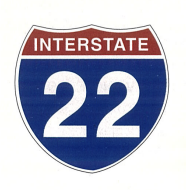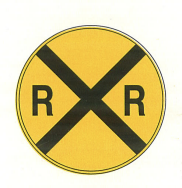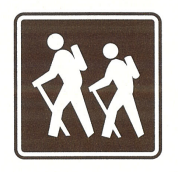
Just what exactly do you need to get your driver’s license at 16? To get your driver’s license at 16 in Georgia, you must meet several qualifications and complete a few requirements. Here’s exactly what you need:
1. Complete Joshua’s Law Requirements
- 30-Hour Driver Education Course: You must complete a 30-hour classroom or online driver education course, known as Joshua’s Law. This course covers the basics of driving, traffic laws, and safety.
- 6 Hours of Behind-the-Wheel Training: You need to complete at least 6 hours of driving instruction with a certified driving school or instructor.
2. Hold Your Learner’s Permit
- You must have held your Georgia Learner’s Permit for at least 12 months and 1 day before applying for your driver’s license.
- During this time, you should gain experience driving under supervision, including completing at least 40 hours of supervised driving (6 of which must be at night).
3. Pass the Road Test
- You’ll need to pass the road test at the Georgia DMV or a certified driving school. This will test your ability to operate a vehicle safely and follow traffic laws.
- In case you don’t want to go to the DDS, you can take the road test at a certified driving school like A-1 Driving School!
4. Parental or Guardian Consent
- If you’re under 18, you need parental or guardian consent to apply for your driver’s license.
5. Provide Required Documents
When you go to take the road test or apply for your license, you’ll need to provide:
- Proof of identity (birth certificate, passport, etc.)
- Proof of residency (like a utility bill or school record)
- Social Security Number (SSN)
- Proof of completion of the Joshua’s Law course and driving hours
6. Pay the Fees
- The fee for the driver’s license application is typically around $32.
7. Pass Vision and Knowledge Tests (if not already done)
- You’ll need to pass a vision test and may also be required to take a written knowledge test (unless you’ve already taken it when getting your learner’s permit).






